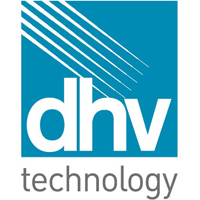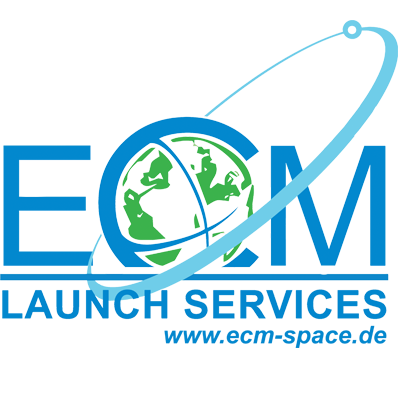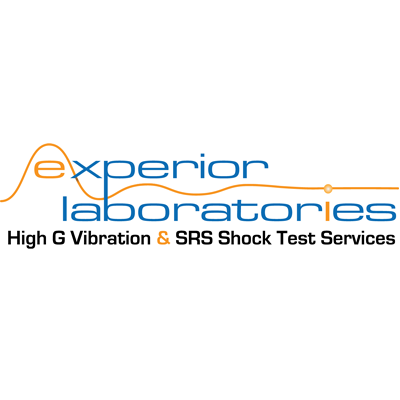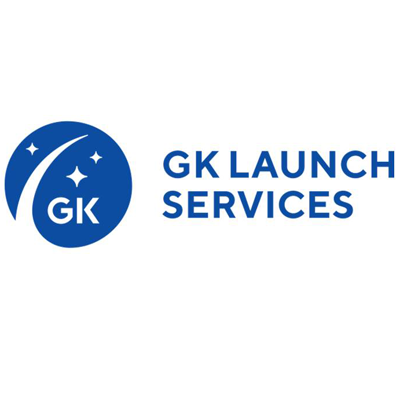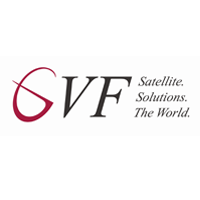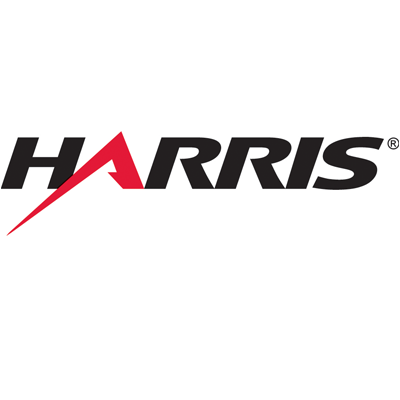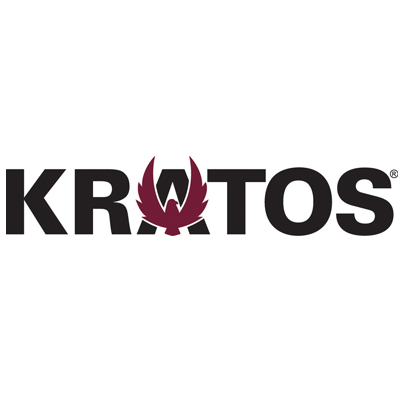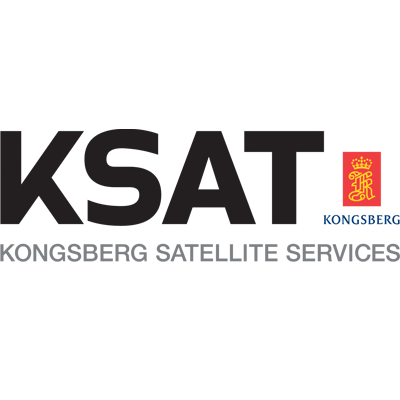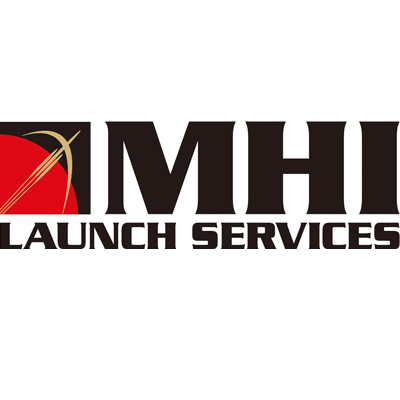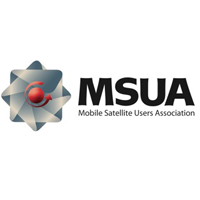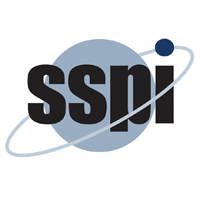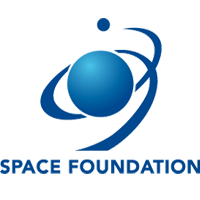This Earth Observation workshop is split into two half days and has been established to provide a meeting point for smallsat operators, vendors and manufacturers that addresses new challenges in observation, geo-spatial data analysis, representation, processing, visualization, sharing and managing in regard to all aspects of earth observation and data analysis. What is the current state of earth observations? What trends are there in big data analytics and what are the new breakthroughs in earth observations and applications?
Part One – February 5th, Morning – On Orbit Considerations
What is the future of the observation market in terms of technology, platforms, standards and services? From the many applications such as forecasting weather, mapping, tracking biodiversity and wildlife trends, measuring land-use change (such as deforestation), urban development, monitoring and responding to natural disasters, managing natural resources, such as energy, freshwater and agriculture, addressing public health, maritime safety and lastly but very importantly military observation and monitoring, smallsats provide an opportunity to observe our planet in considerable detail. What smallsats bring to these marketplaces will be discussed in detail. Given that the four major players at the moment, Planet, DigitalGlobe, Spire and BlackSky, are constellations, in what applications are constellations essential. What are the useful functions that independent smaller observation platforms can serve? What are the main observation operators’ market share by vertical and by region and how will pricing of imagery evolve by type and by resolution? What model for data purchase will dominate and how are downstream players changing the way imagery is bought and sold?
Part Two – February 5th, Afternoon – Data Processing and Analysis
Geospatial Data is being produced at a prodigious pace. Rendering reams of data into a form that can be sold will be a deal maker/breaker. The focus on how data is received, then improved in post-processing to meet standards is very important. For instance the application of satellite data to weather analysis with numerical weather prediction is not without problems. There will be discussion on the latest in change detection algorithms and how to manipulate data from SmallSats and other big data sources with “Artificial Intelligence” and “Machine Learning”. Numerous large-area, multiple image-based possibilities exist and small satellites are ideally suited to provide fast accurate data on an almost real time basis. The objective of this workshop is to review and assess the type of data received and to cover classification approaches. The goal is to also identify the best techniques that are available to derive actionable insights for decision clarity. We will examine the economies involved not only in gathering this data but what the market will pay for the information. What is the market size of data, value-added services, information products, and Big Data analytics by vertical, region, and resolution? Which markets are drawing high resolution SAR imagery users? In what ways can the same data be sold to different customers.








